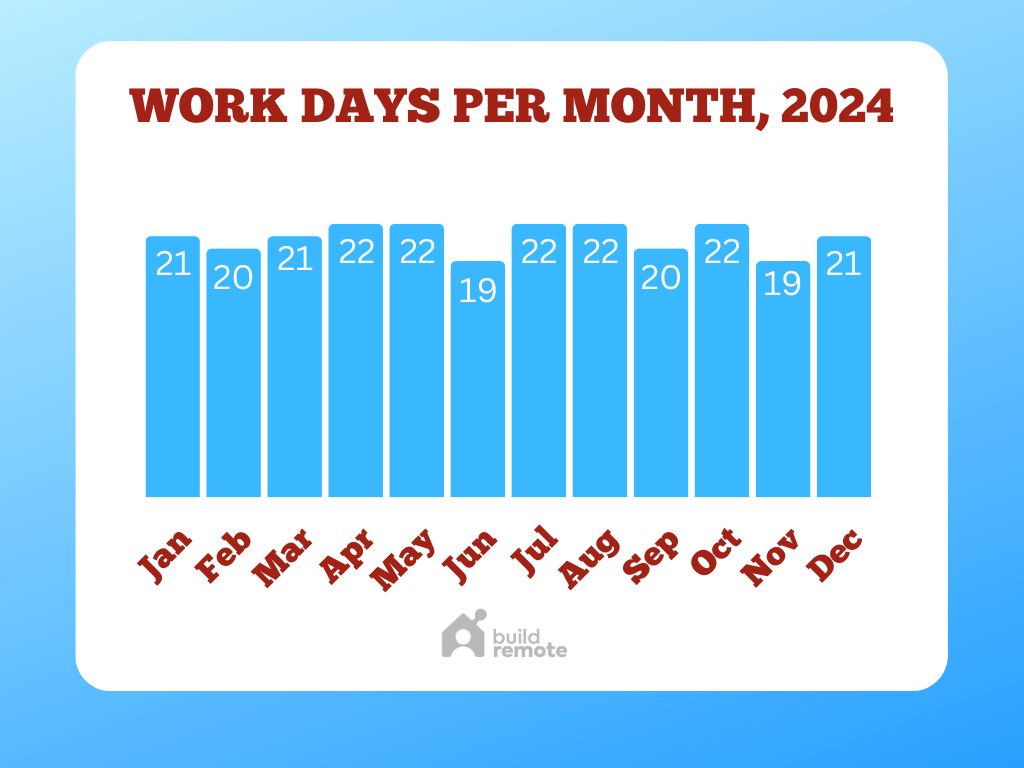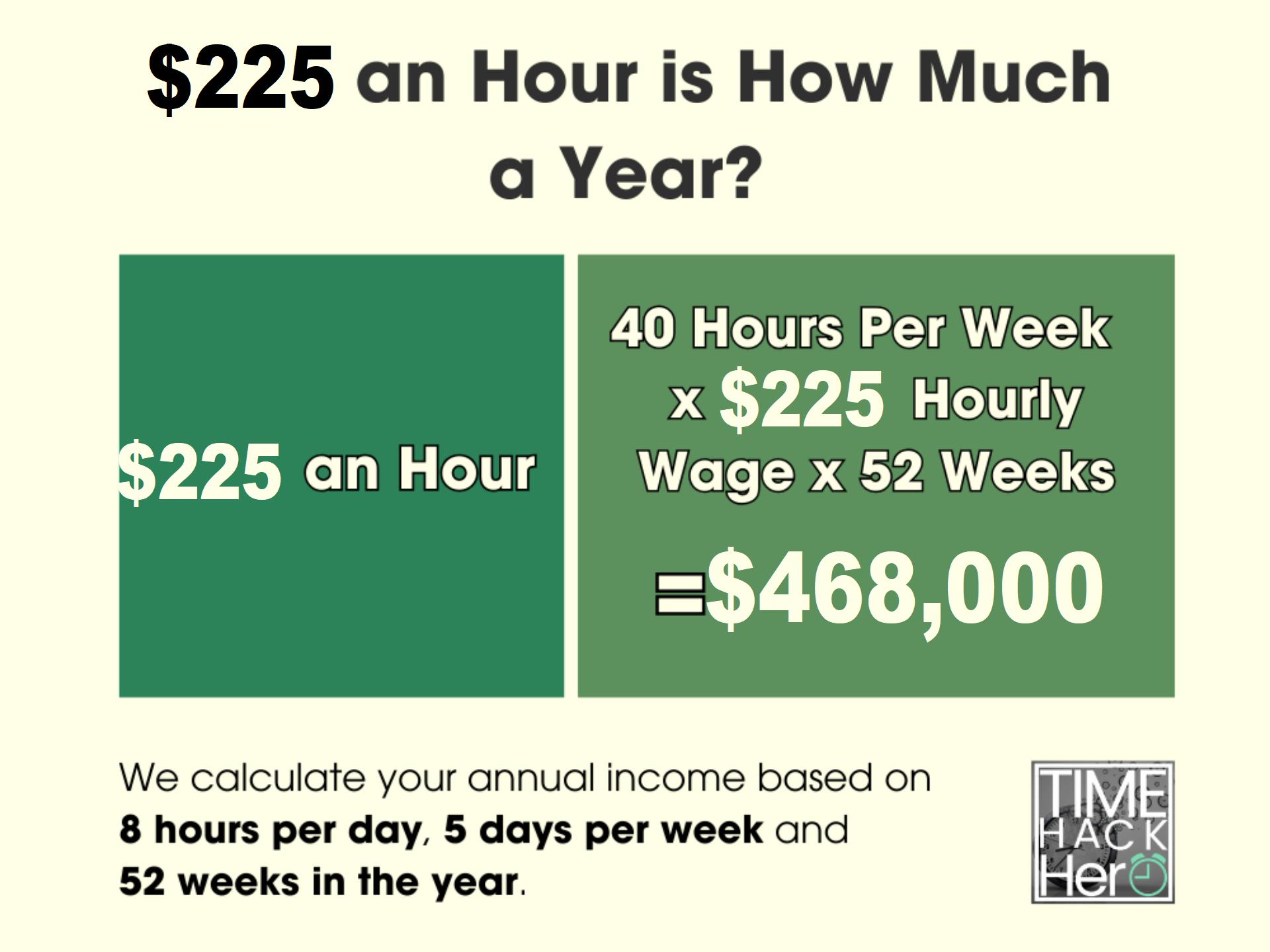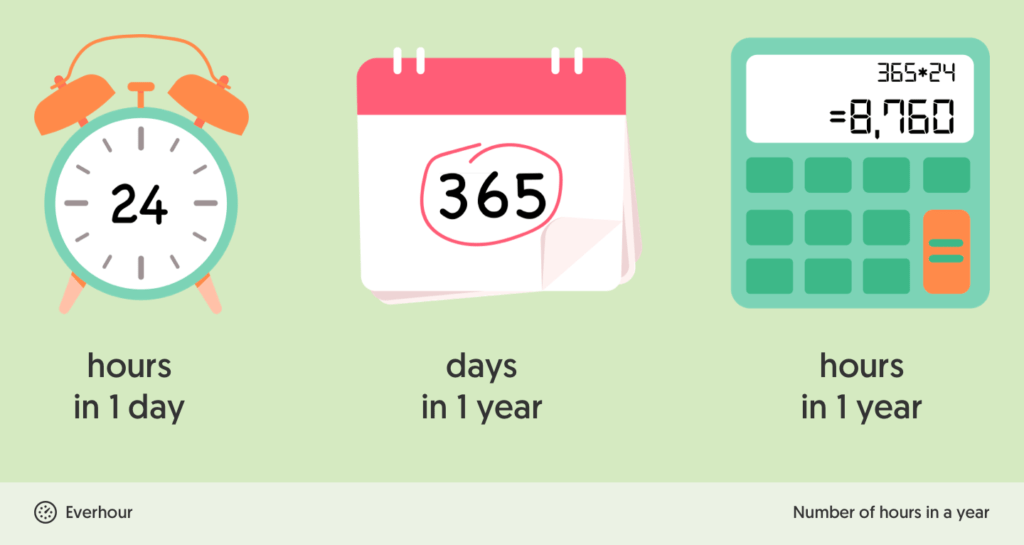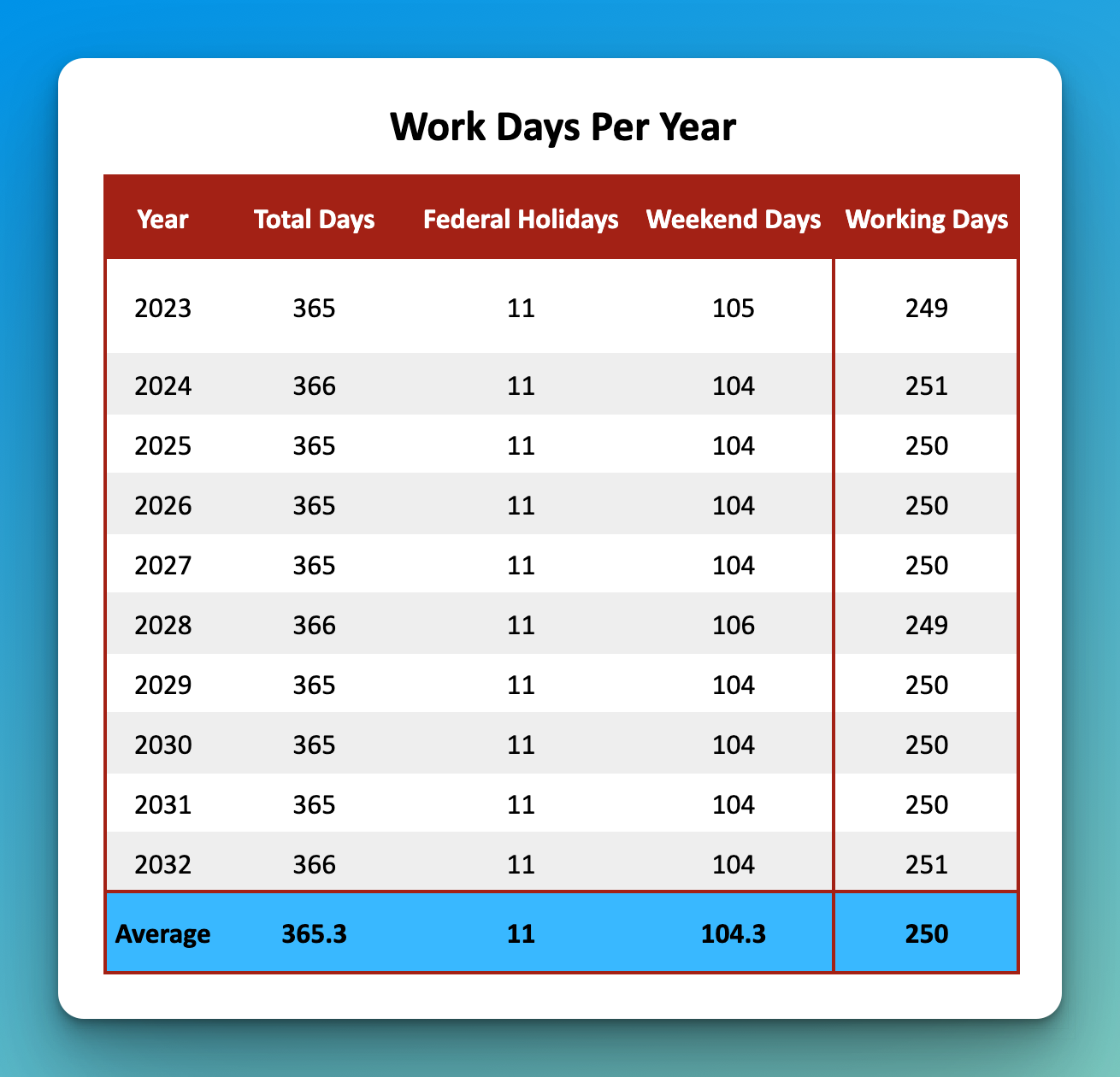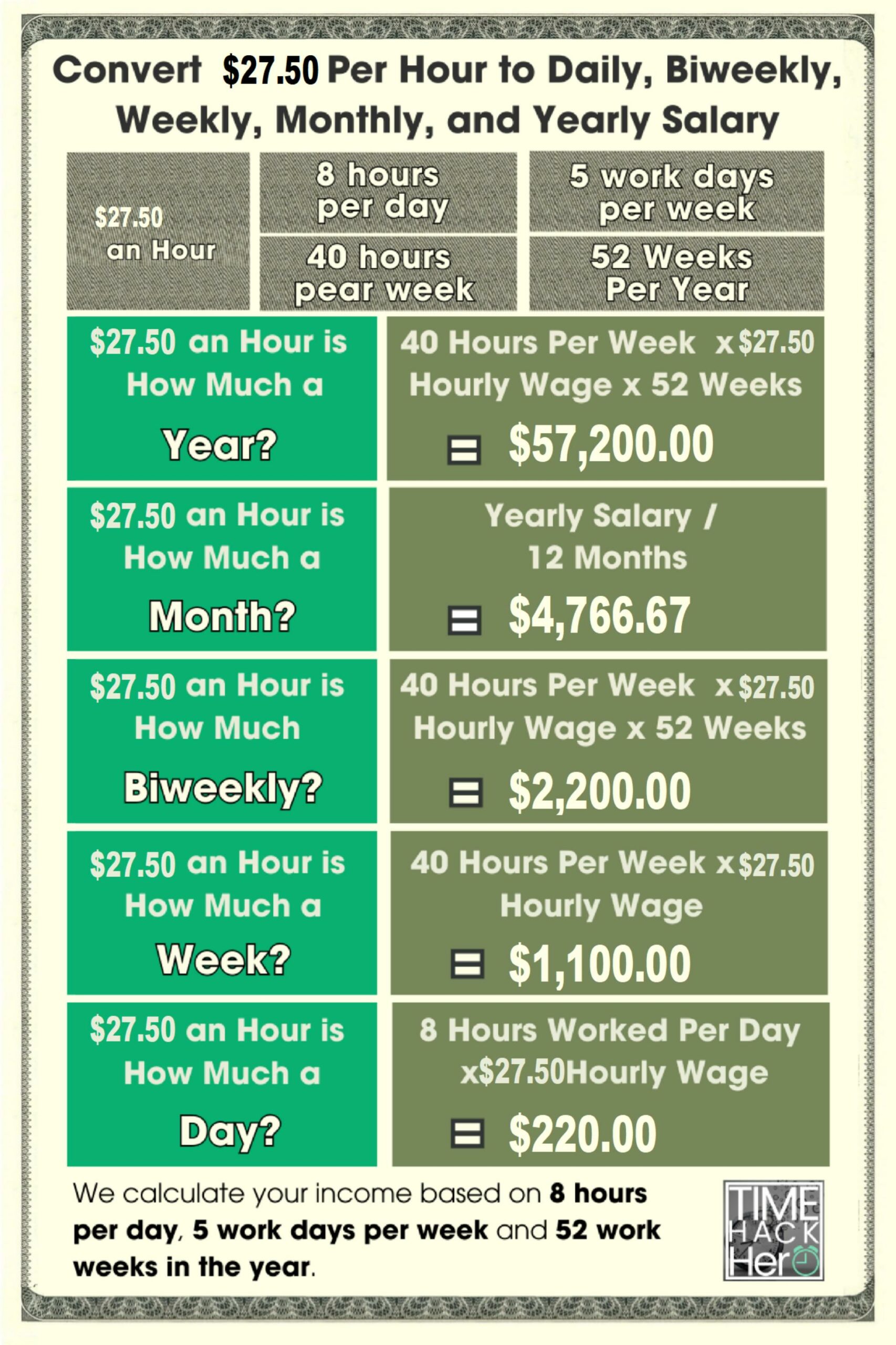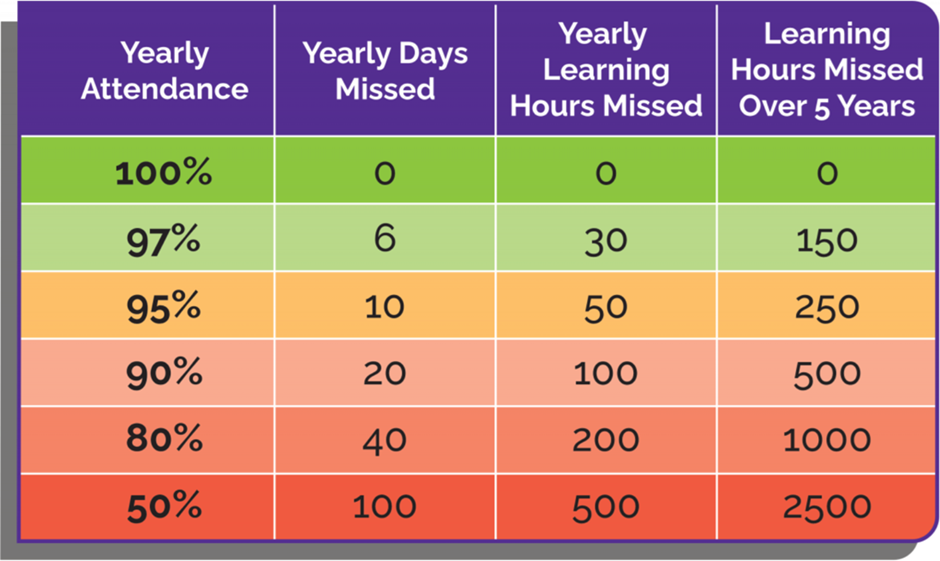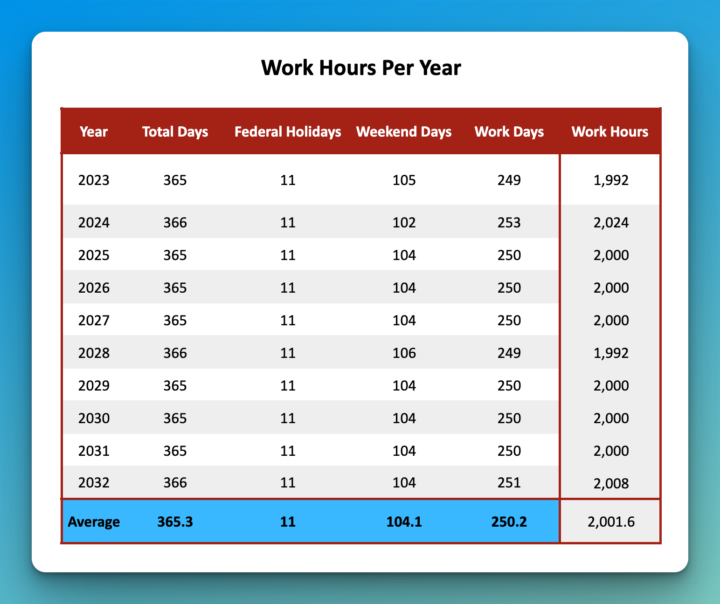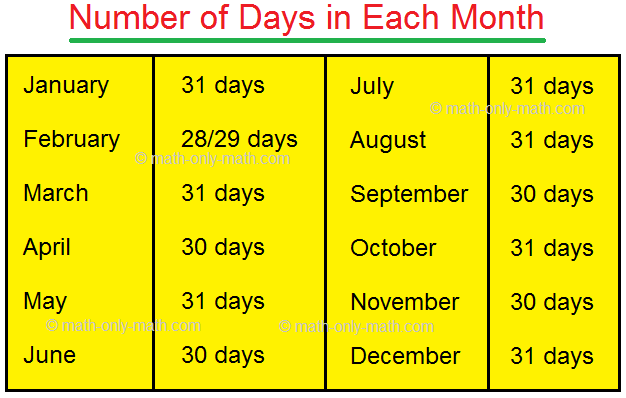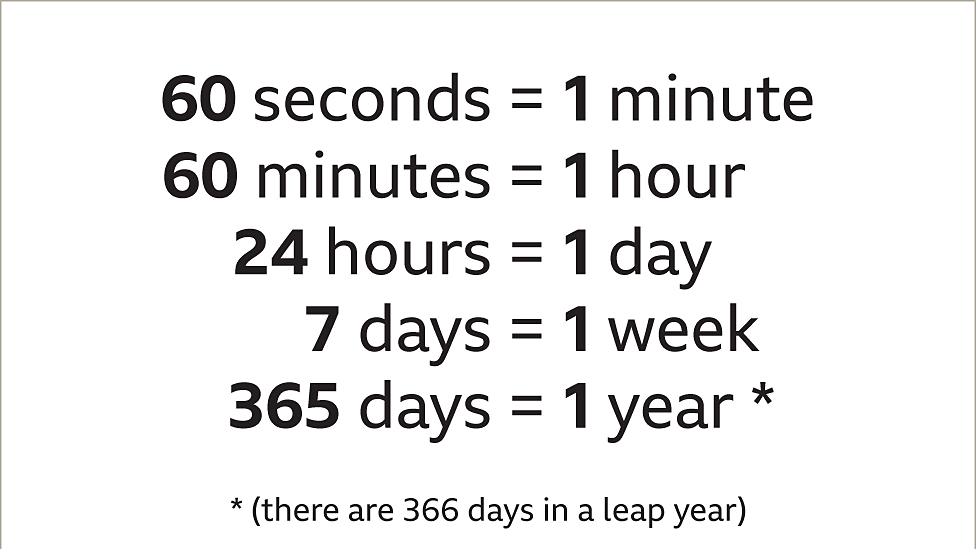How Many Days Is 225 Hours

In a world increasingly governed by precise schedules and meticulously planned projects, a seemingly simple question can often hold significant implications: How many days is 225 hours? While the calculation itself is straightforward, the answer resonates across various sectors, from healthcare and logistics to project management and personal time management.
This article delves into the calculation of converting 225 hours into days, exploring its practical applications and highlighting the importance of accurate time conversion in various professional and personal contexts. Understanding this seemingly basic conversion plays a crucial role in optimizing workflows, meeting deadlines, and ensuring efficient resource allocation.
The Core Calculation
The conversion from hours to days is based on the fundamental relationship that there are 24 hours in a single day. To determine the number of days in 225 hours, the simple calculation is: 225 hours / 24 hours/day.
This calculation yields a result of 9.375 days. This is not a whole number, indicating that 225 hours equates to 9 full days and a fraction of another day.
Breaking Down the Remainder
To understand the fractional part of the day, we need to convert the decimal portion (.375) back into hours. This is achieved by multiplying the decimal by 24: 0.375 * 24 hours = 9 hours.
Therefore, 225 hours is equivalent to 9 days and 9 hours. This detailed breakdown is often necessary for precise scheduling and resource planning.
Applications in Healthcare
In the healthcare sector, accurate time tracking is critical for medication schedules, patient monitoring, and shift management. For example, if a patient needs medication every 8 hours, calculating how many doses are required within 225 hours (9 days and 9 hours) becomes essential.
Consider a scenario where a specific intravenous drip needs to be administered over 225 hours. Healthcare professionals would need to precisely calculate the drip rate and monitor the patient throughout the entire duration, paying careful attention to the transition between shifts and ensuring continuity of care.
Impact on Logistics and Transportation
The logistics and transportation industries heavily rely on accurate time estimations for delivery schedules and route planning. A delivery driver might be assigned a route that is estimated to take 225 hours to complete.
Knowing this equates to 9 days and 9 hours allows dispatchers to plan rest stops, driver rotations, and potential delays due to traffic or unforeseen circumstances. This conversion is vital for adhering to legal driving hour restrictions and ensuring driver safety.
Project Management and Deadlines
In project management, estimating the time required for tasks is crucial for meeting deadlines and allocating resources effectively. If a project phase is estimated to require 225 hours of work, project managers need to translate this into calendar days to schedule tasks, allocate personnel, and track progress.
Understanding that 225 hours represents slightly over 9 days allows for more realistic scheduling, accounting for weekends, holidays, and other potential interruptions. This level of detail aids in setting achievable milestones and managing client expectations.
Personal Time Management
Even on a personal level, understanding the conversion of hours to days can be beneficial. Consider someone planning a long road trip or a volunteer commitment. Knowing that 225 hours equates to 9 days and 9 hours can help them allocate their time effectively and plan for necessary breaks or rest periods.
This conversion can also be useful for tracking progress on personal projects, such as learning a new skill or completing a DIY project. By breaking down the total time commitment into days, individuals can better monitor their progress and stay motivated.
Potential for Error and Mitigation
While the calculation is straightforward, errors can arise from neglecting to account for weekends, holidays, or other non-working hours. Furthermore, assuming a consistent 24-hour workday is unrealistic in many contexts.
To mitigate these errors, it's important to consider the specific context and adjust the calculations accordingly. For example, when planning a project, a project manager should account for the actual number of working hours per day and factor in potential delays due to unforeseen circumstances.
The Role of Technology
Fortunately, numerous online tools and software applications can automate the conversion between hours and days, minimizing the risk of manual calculation errors. These tools often incorporate additional features, such as the ability to factor in non-working days and adjust for different time zones.
Spreadsheet programs like Microsoft Excel and Google Sheets also offer functions for performing time conversions, allowing users to create custom calendars and schedules that accurately reflect project timelines.
The Importance of Precision
Ultimately, the accurate conversion of hours to days is more than just a mathematical exercise; it's a fundamental skill that underpins effective planning and execution across a wide range of disciplines. Whether in healthcare, logistics, project management, or personal life, the ability to translate hours into days with precision is essential for optimizing resources, meeting deadlines, and achieving desired outcomes.
As industries continue to evolve and rely increasingly on data-driven decision-making, the importance of accurate time conversion will only continue to grow. Embracing technology and developing a strong understanding of basic time calculations will be crucial for success in an increasingly time-sensitive world.



